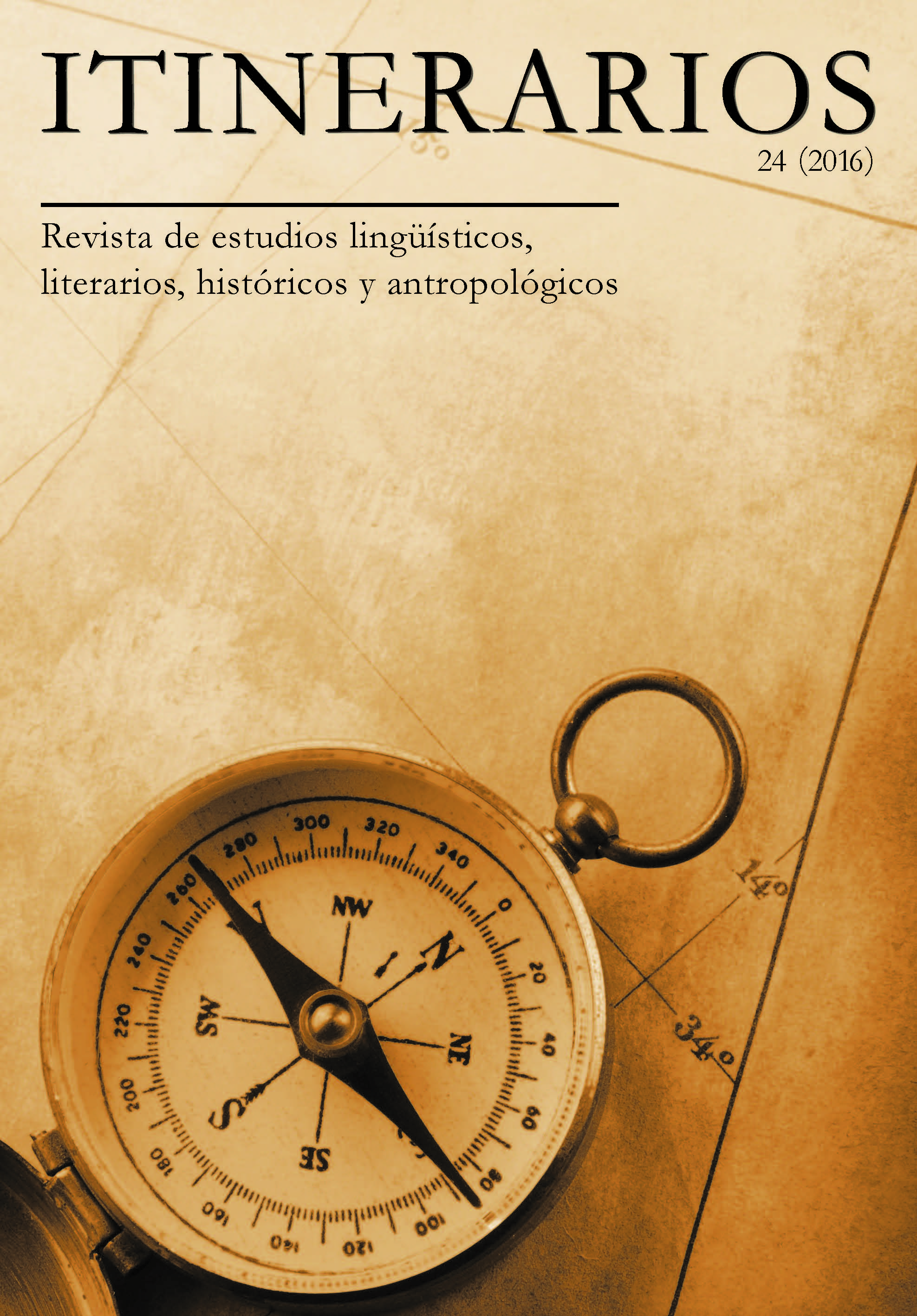Análisis de los términos léxicos y traductológicos básicos de color en español y en chino. Hipótesis fisiológica y comprobación lingüística
Analysis of basic lexical and translation colors terms in Spanish and Chinese. Physiological Hypothesis and Linguistic Checking
Author(s): M. Azucena Penas Ibáñez, Wen ZhuSubject(s): Language and Literature Studies
Published by: Instytut Studiów Iberyjskich i Iberoamerykańskich, Wydział Neofilologii, Uniwersytet Warszawski
Keywords: Cognitive Semantics; Lexical Field; Translation; basic color terms; contrastive analysis
Summary/Abstract: The color basic terms are studied from four approaches: linguistic relativism of Gleason & McNeill; linguistic universalism of Berlin & Kay; neurophysiological approach of Kay & McDaniel; and cognitivism of Wierzbicka. Common meaning of chromatic feature forms, according to Coseriu, a two-dimensional, non-correlative, lexical field. From the cognitive approach of Wierzbicka, this field behaves as a multidimensional, hierarchical, non correlative, lexical one. We begin with the hypothesis that if from a physiological point of view there is a hierarchy in the color field, focused on RGB Model, where the chromatic elements have a nuclear place, while the achromatic ones are in the periphery, then, applied to Linguistics, is possible or not to maintain the same isomorphic relationship? Each one of five Spanish color basic terms is accompanied by different tables with the appropriate Chinese terms. When there is a lexical deficit, we turn to translation terms. Finally, we make a percentage calculation among the analyzed lexical terms of both languages, considering descriptive and operative knowledge.
Journal: Itinerarios
- Issue Year: 2016
- Issue No: 24
- Page Range: 79-101
- Page Count: 23
- Language: Spanish

